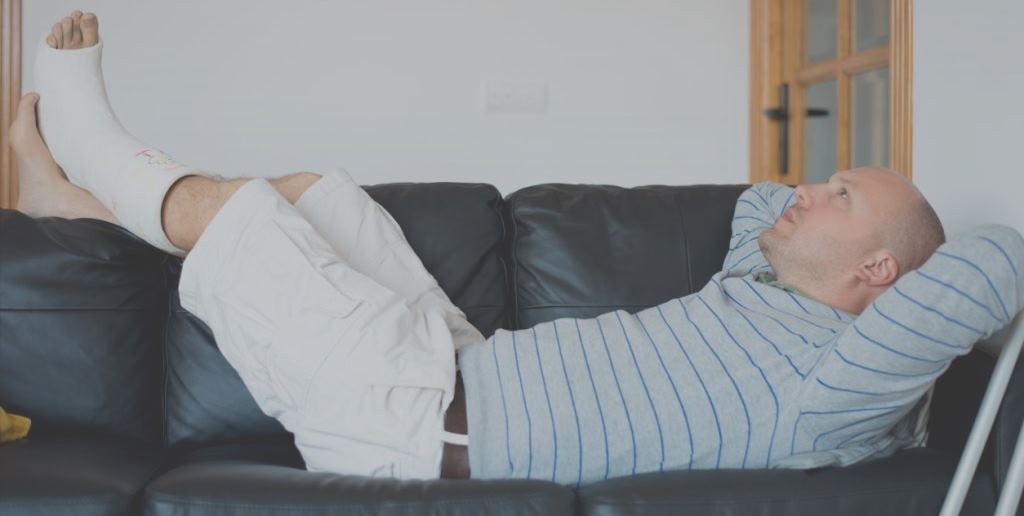Deconditioning syndrome is a common but not widely known condition that impacts people after a traumatic injury or event. This physical therapy education article is focused on deconditioning syndrome, its symptoms, causes, and what you can do to prevent it.

What is Deconditioning Syndrome
Deconditioning syndrome is a condition in which a patient falls into a cycle of not exercising following an injury or traumatic event. Anyone who has sustained a serious injury (a sports-related injury, car accident injury, or work injury, for example) has likely dealt with this condition to some degree. Your injury causes pain and demobilizes you for a period of time. During recovery, you are unable to engage in your regular exercise routine, and are often relegated to the couch or bed. As a result, you might gain weight, lose muscle definition, and perhaps start feeling depressed. These physical and emotional symptoms after an injury are what designate a diagnosis of deconditioning syndrome.
Preventing & Treating Deconditioning Syndrome
If you’re dealing with chronic pain after an injury, it can be difficult to break the deconditioning cycle. It’s far easier to resign yourself to not working out and sitting on the couch. But this will only lead you farther down the rabbit hole. Here are some tips for preventing and treating deconditioning syndrome:
- Formulate an exercise plan that accommodates your injury. If you have a broken leg, you obviously won’t be doing any running, but you could do sit ups, weight lifting, and other upper body exercises.
- Do your best to ween off of any opioid pain meds you are taking after your injury.
- Seek help from an experienced medical professional. A physical therapist can help you form a strategic workout plan that will keep you in good spirits after your injury,
Minneapolis Physical Therapy Clinic
At OrthoRehab Specialists, our Twin Cities physical therapists have been treating patients for over twenty-five years. Each of our rehabilitation specialists focuses on treating a specific area of the body – from the shoulder, to the feet. We offer direct access to physical therapy in Minnesota, and also partner with over six hundred physicians who regularly refer their clients to our clinics for continued care after surgery or injury. Contact our Minneapolis or Edina physical therapy clinics today to set up your appointment with one of our experienced rehabilitation specialists.
- PT-Approved Tips For Easing Back Into An Exercise Routine - April 14, 2025
- The Causes, Signs And Treatments For Muscular Imbalances - April 9, 2025
- The Keys To Effective Stretching And How To Avoid Overstretching - April 7, 2025
